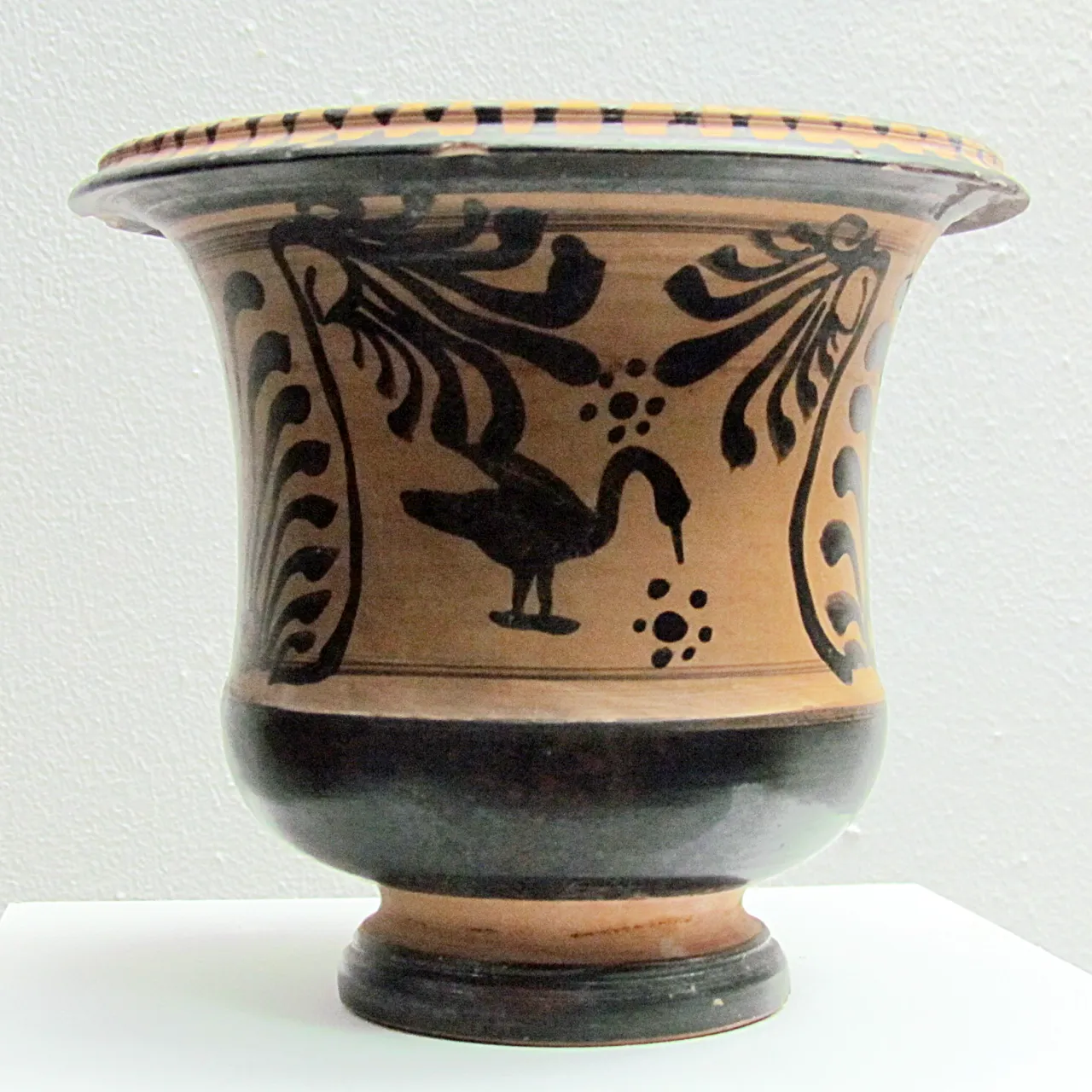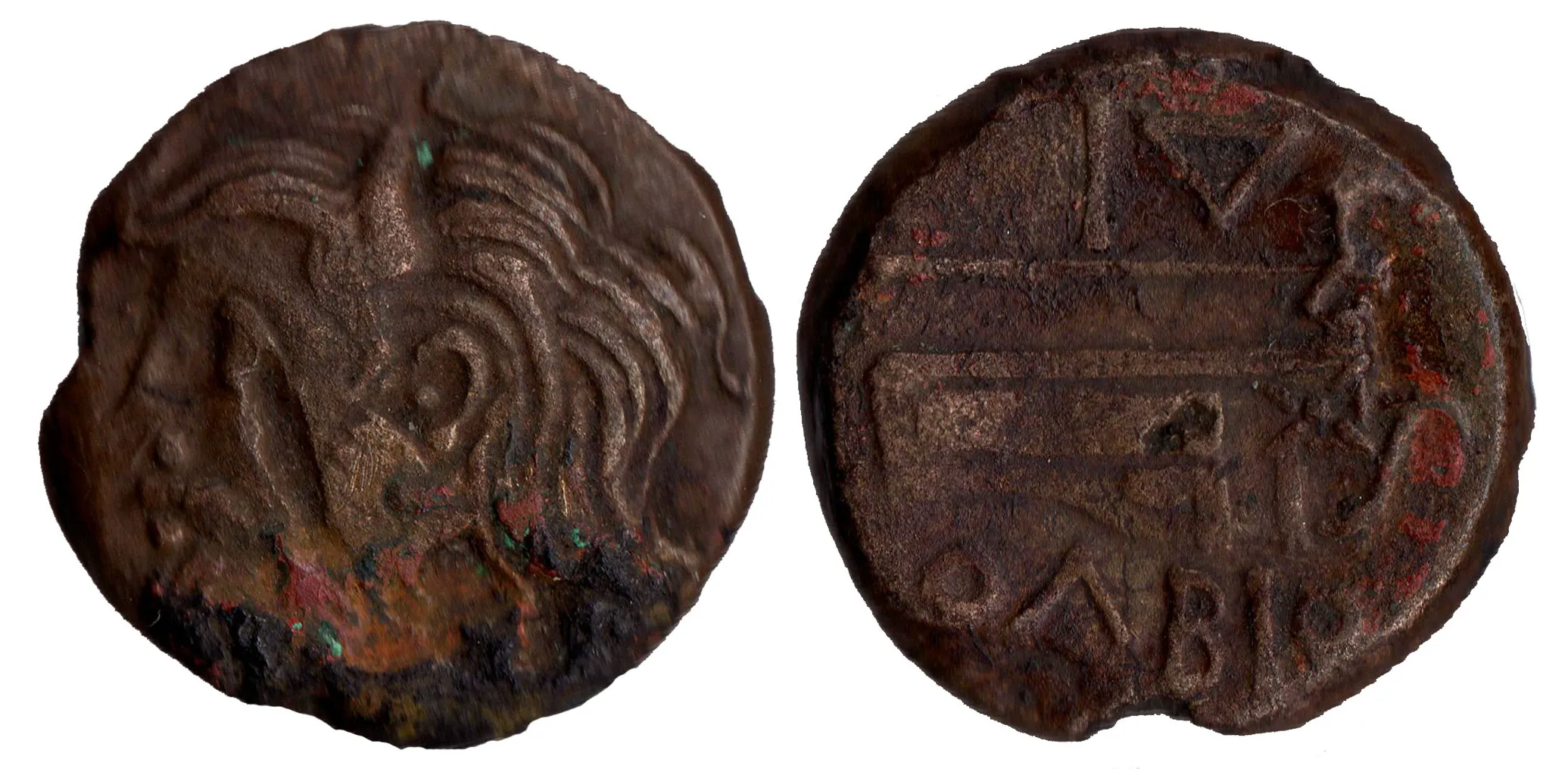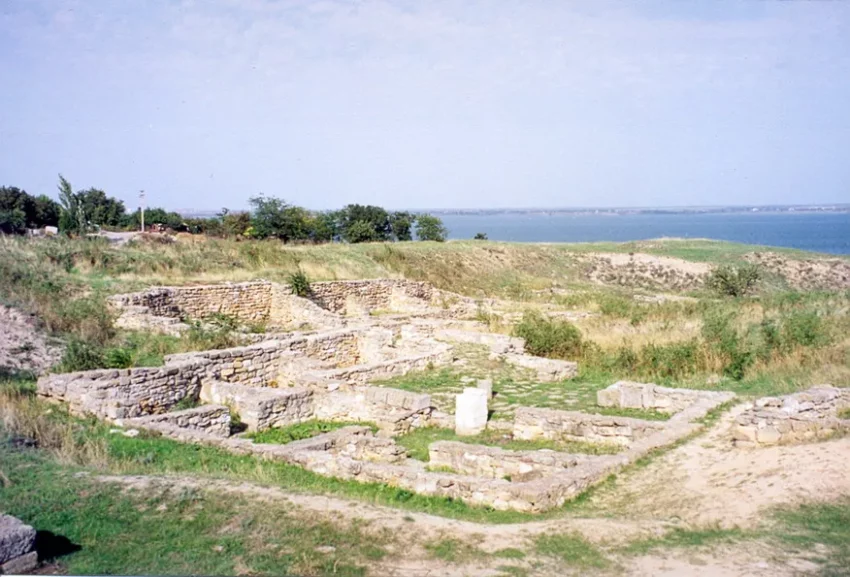Pontic Olbia: A Comprehensive Study
Pontic Olbia, also known simply as Olbia, was a significant Greek colony on the northern coast of the Black Sea. Founded in the 6th century BC, it played a crucial role in the economic and cultural exchanges between the Greek world and the indigenous populations of the region. This blog post aims to provide an in-depth analysis of Pontic Olbia, focusing on its history, economy, and cultural significance.
Get your dose of History via Email
Historical Background
Greek settlers from Miletus founded Olbia around 647 BC. The colony quickly became a major trading hub due to its strategic location near the Dnieper-Bug estuary. This position allowed it to control trade routes between the Greek world and the Scythian hinterlands. Olbia thrived during the Archaic and Classical periods, reaching its zenith in the 5th and 4th centuries BC.
Economic Significance
Olbia’s economy relied heavily on trade. The city exported grain, fish, and slaves to Greece and imported wine, olive oil, and luxury goods. The presence of numerous amphorae in archaeological sites attests to this vibrant trade. Olbia also minted its own coinage, which facilitated commercial transactions and underscored its economic autonomy.

Political Structure
Olbia operated as a polis, or city-state, with its own government and institutions. The city had a democratic system, similar to other Greek poleis. Citizens participated in the assembly, which made key decisions. Magistrates and other officials oversaw daily administration. The city also maintained diplomatic relations with neighboring tribes and other Greek colonies.
Cultural Interactions
Olbia was a melting pot of cultures. Greek settlers interacted with the indigenous Scythians, leading to a blend of customs and traditions. This cultural exchange is evident in the archaeological record. For example, Scythian burial mounds contain Greek pottery, while Greek sanctuaries feature Scythian motifs. The city also hosted various religious festivals, which attracted participants from different backgrounds.

Archaeological Discoveries
Excavations at Olbia have unearthed a wealth of artifacts. These include pottery, inscriptions, and architectural remains. One of the most significant finds is the Borysthenes inscription, which provides valuable information about the city’s history and governance. Archaeologists have also discovered remains of public buildings, such as temples and agorae, which offer insights into the city’s layout and social life.
Decline and Legacy
Olbia began to decline in the 3rd century AD due to a combination of internal strife and external pressures. The city faced invasions from various nomadic tribes, including the Goths and Huns. By the 4th century AD, Olbia had lost much of its former glory. However, its legacy endured through its contributions to the cultural and economic landscape of the Black Sea region.
Conclusion
Pontic Olbia stands as a testament to the dynamic interactions between the Greek world and the indigenous populations of the Black Sea region. Its history, economy, and cultural significance offer valuable insights into ancient colonization and trade. Continued archaeological research promises to shed more light on this fascinating city, enriching our understanding of ancient civilizations.
Sources:
For further reading, Wikipedia provides a comprehensive overview of Pontic Olbia, including detailed references and external links.

